Description
The data are recorded digitally throughout the process of data mining, and the computer either entirely automates or considerably improves the search process. Even then, this is hardly exactly brand-new knowledge that will rock the world. Professionals in the disciplines of economics, statistics, forecasting, and communication engineering have been hard at work since the beginning of time. Data mining is the process of solving problems by performing analyses of data that is already recorded in databases. These analyses are done in order to uncover potential solutions to problems. Imagine for the purpose of this discussion that the problem at hand is the fickle loyalty of consumers in the face of the fierce competition that exists in the market. Developing a database of consumer preferences in addition to customer profiles could be the answer to this problem. This could be done in combination with the existing customer profiles. One may differentiate between customers who are likely to switch brands and customers who are likely to remain loyal to a brand by doing an analysis of the patterns of behavior of prior consumers. This enables one to discover the distinguishing traits of customers who are likely to switch products. Once such characteristics have been identified, they may be put to use to determine which of an organization’s current customers are most likely to move to a product or service offered by a competitor. This particular population has the potential to be picked out for a one-of-a-kind treatment, the provision of which would be financially unfeasible for the customer base as a whole. To look at things in a more upbeat perspective, the same tactics may be used to identify consumers who might be interested in another service that the firm provides, one that they are not currently enjoying, and then target those customers with special offers that promote the extra service. The process has to be either entirely or at least partially automated to be considered acceptable. The patterns that are identified have to be substantial in the sense that they lead to some form of advantage, most typically an economic gain. This is a requirement for the patterns that are found. The numbers can be found anywhere, and they can be discovered in considerable volumes and on a consistent basis. How do the patterns really manifest themselves? The identification of useful patterns gives us the capacity to make predictions that are not straightforward based on recent facts. A pattern may be depicted in one of two ways: either as a see-through box whose construction reveals the structure of the pattern, or as an opaque box whose inner workings are fundamentally incomprehensible. Both of these representations have their advantages and disadvantages. These two extremes reflect the spectrum’s two poles of pattern representation.


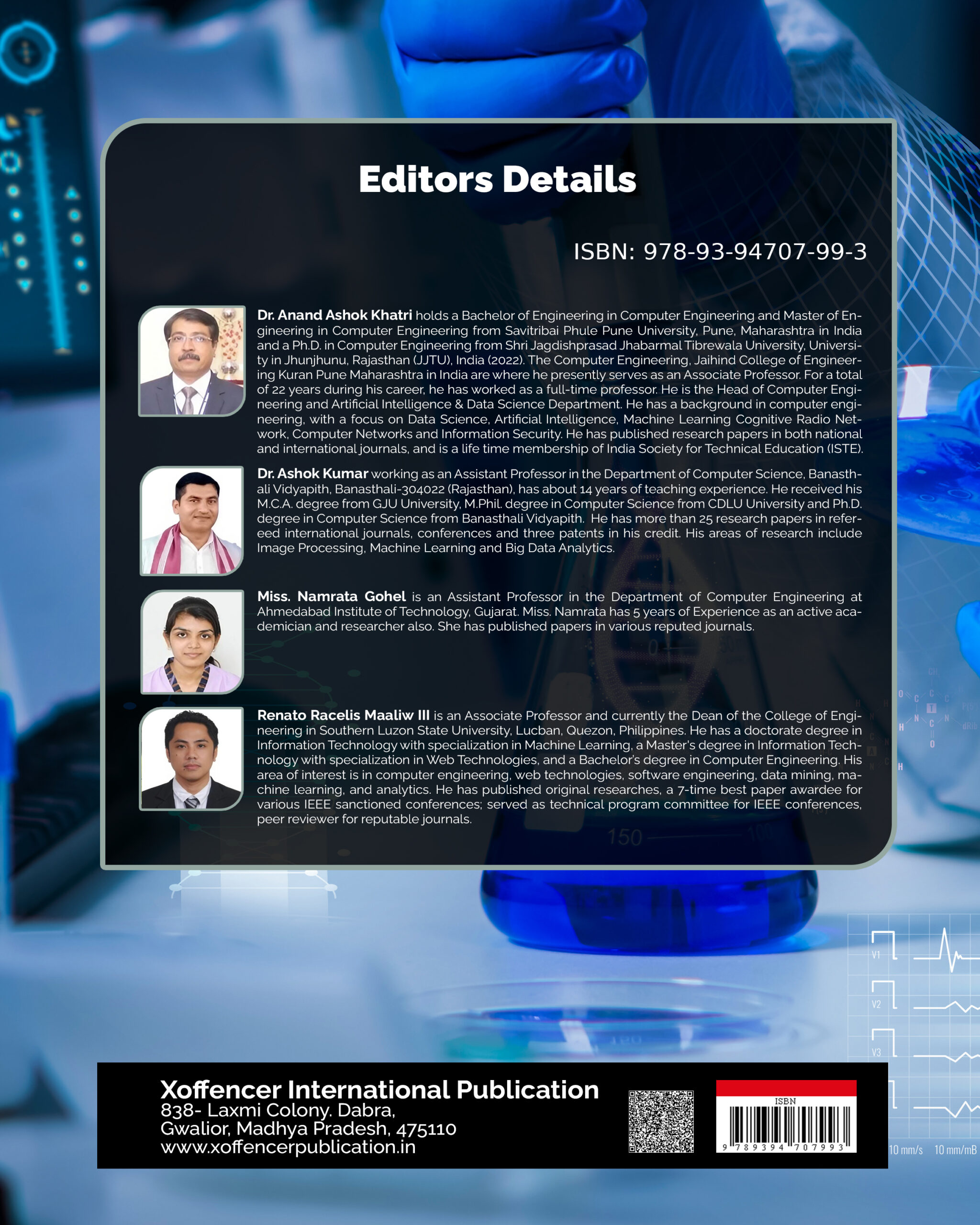
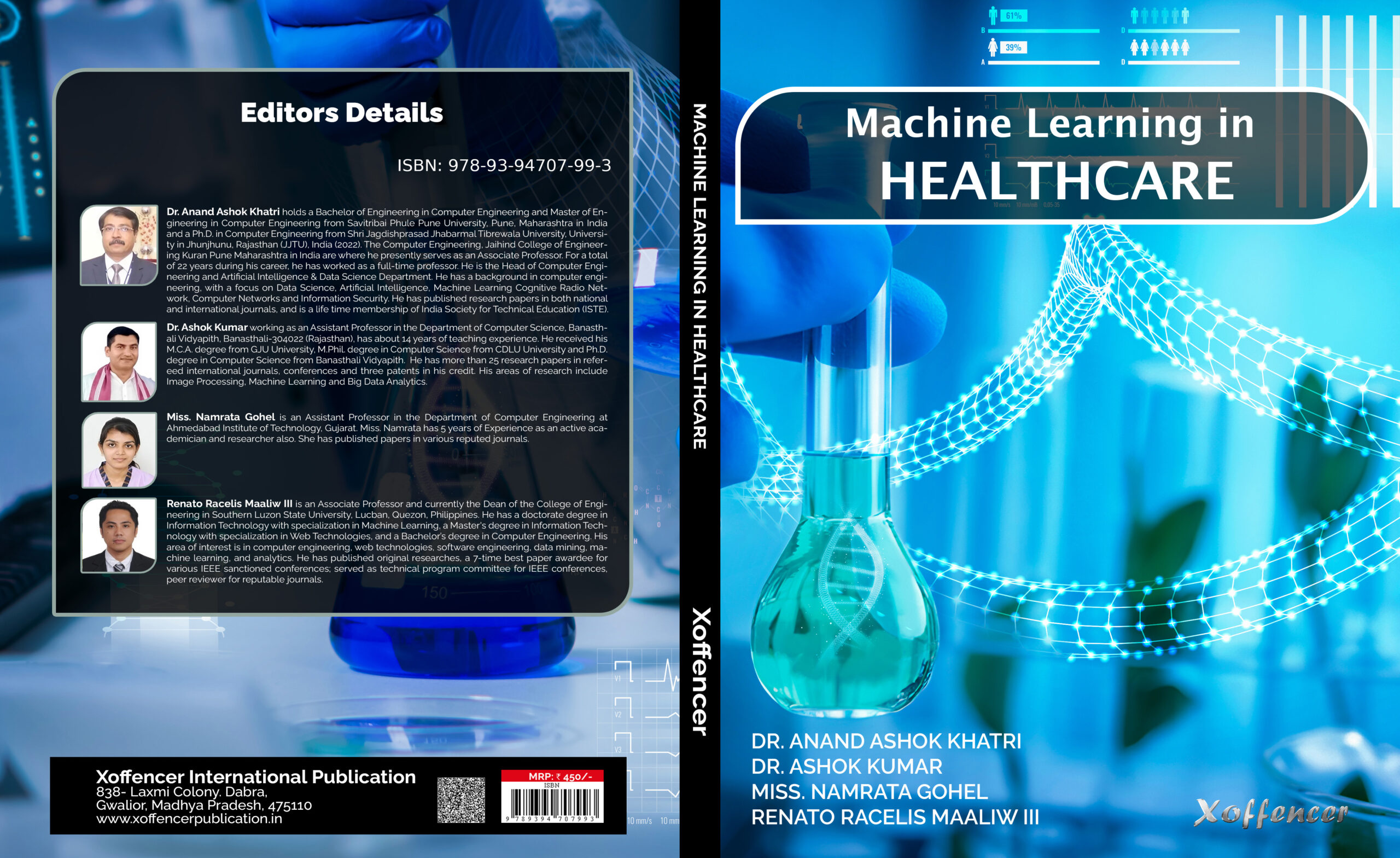

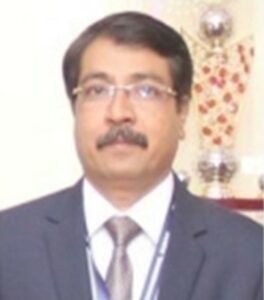
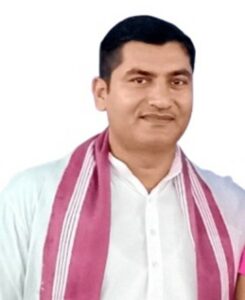
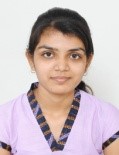

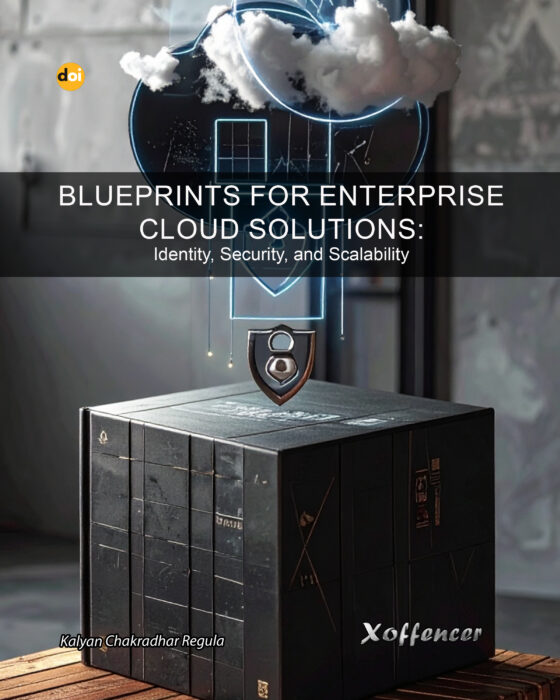
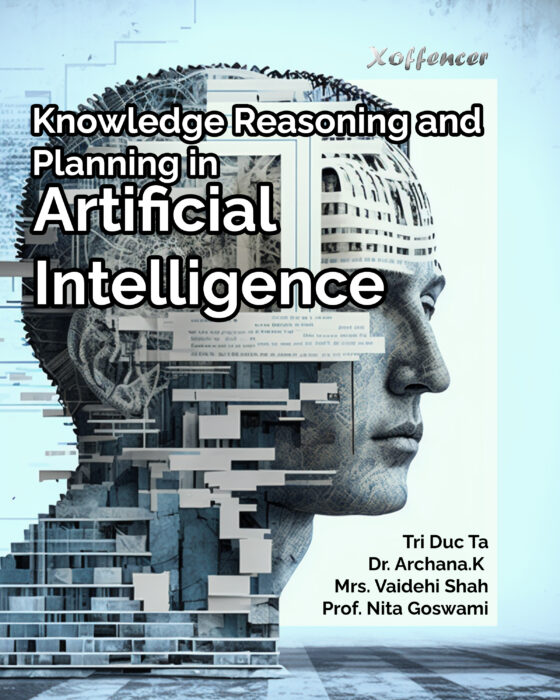
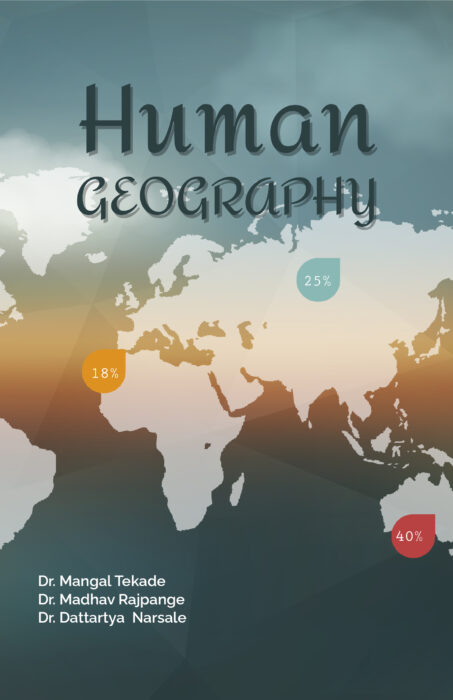
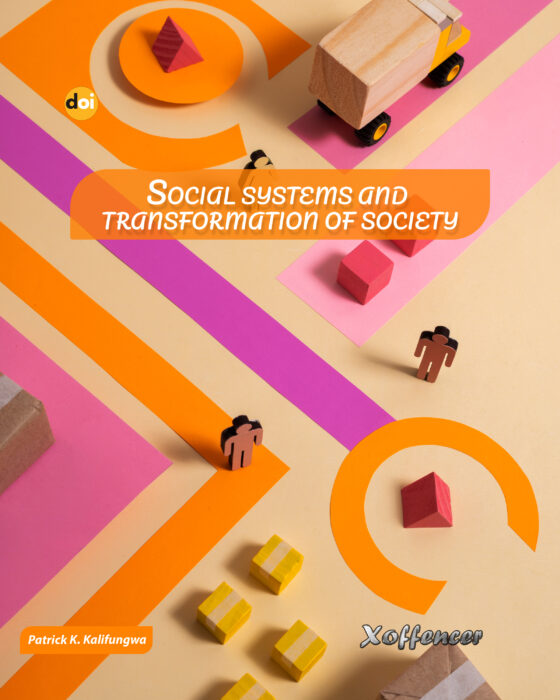
Reviews
There are no reviews yet.